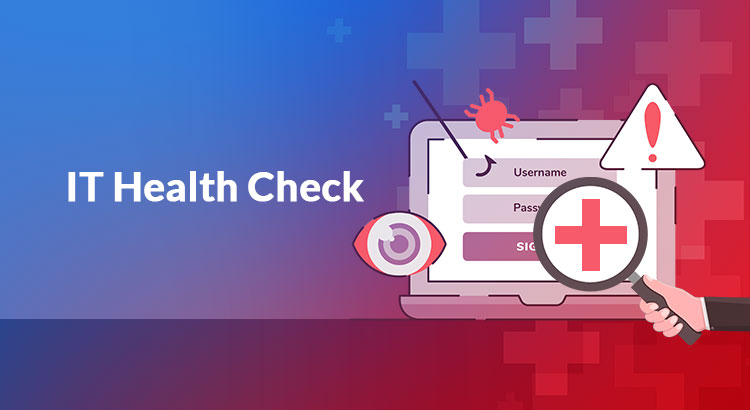Cyber Hygiene and Cyber Security Spending
Good health is a priceless asset! To stay healthy and fit, more and more people ensure health hygiene. In short, we don’t mind footing increasing healthcare bills as maintaining health hygiene helps to avoid incurring bigger unforeseen health-related expenses.
Similarly, for modern organizations, cyber hygiene is desirable.
Organizations adopt adequate IT security measures and policies to ensure a ‘healthy’ IT environment. There are several attributes of cyber hygiene that ensure IT security safeguards of a digital infrastructure. This requires continuous assessment of the security policies and mechanisms.
Nevertheless, the question is, how many organizations regularly conduct assessment of IT security preparedness to ensure a safe and ‘healthy’ IT environment?
Even though there is an assessment, are the organizations adopting adequate IT security measures to ensure a secured IT environment? Shockingly, however, 40% of global business organizations spend nothing or are under-invest to secure their information assets from cyber threats.
5 Reasons why today’s Organizations need ARCON | UBA
Cyber Hygiene and IT Risk Mitigation
Cyber hygiene is nothing but the security practices that maintain IT systems’ health and improve cybersecurity. These routine practices ensure the security of digital identities, safe access control mechanisms, continuous monitoring of end-users and other safety practices like network security.
Cyber hygiene wards off IT threats like:
- Data breach
- Loss of data privacy
- Malicious end-user activities
- Anomalous end-user behaviour
- Cyber espionage
- Unauthorized access
- Insider threats
- Misuse of elevated access rights
- Non-compliance to the global standards
Cyber hygiene does not necessarily depend on adequate security policies adopted by organizations. It largely depends on the IT culture, employees’ sincerity and willingness to follow the rules, and cyber knowledge/ skills. Even if the policies and processes are in place, there can still be concerns over the relevancy of the policies as per situational demand. It also requires regular audits to assess cyber security preparedness of the organization. Any kind of vulnerability anywhere can pose the biggest threat to the digital assets of the organizations. After all, cyber crime is the greatest threat to every company in the world in the digitalization age.
Cyber Hygiene and Right Solutions
In the modern IT environment, the threat patterns have evolved a lot. In addition to malicious network traffic, threats like cloud-based identity theft, social engineering attacks, cyber espionage, unpatched security vulnerabilities, IoT-based threats and privileged access misuse tops the list of modern cyber threats.
Against this backdrop, cyber hygiene is the foremost priority of every industry today. Adoption of these solutions cannot only ensure safe day-to-day IT operations but also compliance with global regulatory standards. The solutions that top the requirements are:
Unified Identity Governance Platform – A unified identity governing engine such as Identity and Access Control Management (IDAM) solution enables IT staff to control, monitor and audit every digital identity. Centralized control mechanism helps to discover and on-board every digital identity for better management of the lifecycle of identity. Moreover, Privileged Access Management (PAM) solution, a subset of broader IDAM helps to identify security vulnerabilities in privileged access environments with advanced access control mechanisms even at a granular level.
User Behaviour Analytics (UBA)– Internal frauds, data abuse among other identity-related IT incidents happen due to the lack of end-user behaviour monitoring. For that, analyzing end-user behaviour is mandatory. Solution like UBA, with the help of its AI/ML-based algorithms, helps organizations to identify risky behaviour profiles and flag alerts beforehand. It helps organizations to take necessary steps well in advance before any probable IT catastrophe.
Endpoint Privileged Management (EPM)– Misuse of endpoints is on the rise. With a comprehensive mapping of every IT environment, EPM solution ensures a strong user validation mechanism and improves endpoint governance. Moreover, restricted elevations (just-in-time endpoint privilege) control endpoint access in every IT environment and help the organizations to mitigate risks of application abuse.
Conclusion
Health hygiene is the best way to live a healthy life. We hardly have any choice over this. Similarly, digitalization has necessitated cyber hygiene in every layer of the enterprise IT ecosystem. A renowned American author Katherine Neville once said, “Privacy – like eating and breathing – is one of life’s basic requirements.” Today, data privacy and data security have become so important that they are being associated with the ‘basic needs’ of humans.

